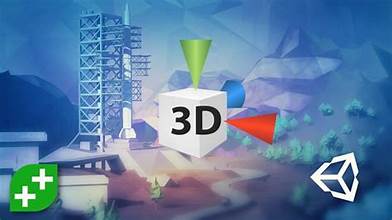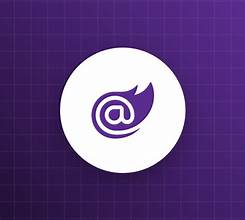Drag and drop with Selenium Webdriver
Resize objects using Selenium Webdriver
draw on a canvas using Webdriver
perform a click and hold
perform a double click
work with HTML 5 for drag and drops
pass different keys to the application
Requirements
- Basics of Selenium Webdriver API
- Basic understanding of C# and Visual Studio
Description
Are you working on automating mobile or tablet testing? Do you have an application developed in Angular JS that has a lot of complicated user interactions? Do you need to perform actions like drag n drop, resizing, and drawing? Do you know how to open the developer toolbar so that you can monitor network traffic of your application? If you want to learn all this, then this is the perfect course for you.
Even if you are not working with these actions yet, you will need to know them in the future as mobile and other complicated frameworks grow.
“The best tutorials I have ever seen, simply awesome. I take off my hat in front of you, you are an gorgeous professor, I am speechless to express how satisfied I am with these tutorials.” -Lisbey
What will you learn?
– Drag and drop with Selenium Webdriver
– Open developer tools to monitor traffic during your automated tests
– Resizing objects using Selenium Webdriver
– How to draw on a canvas using Webdriver
– How to perform a click and hold
– How to perform a double click
– How to work with HTML 5 for drag and drops
– How to pass different keys to the application
– So much more…
What my students are saying:
“It’s so good! Instructor was quick on the point, he really knows how to capture people’s attention by having short videos and demos!.” -Johnny
“Great Video I have ever seen on YouTube. You are so so clear and honest in presenting the material. I had no idea how important it is to use QTP from different angle, that is via scripting. Great Work and Thank You so so so much!” -Mohammed
Who this course is for:
- Students seeking to learn how to work with mouse and keyboard in Selenium
- Students attempting to perform complicated actions using Selenium Webdriver
- Students interested in drastically improving their Selenium Webdriver knowledge
Course content
3 sections • 24 lectures • 1h 8m total lengthExpand all sections
Introduction4 lectures • 7min
- Course Introduction02:09
- Course Resources00:01
- What are user interactions in Selenium Webdriver?02:11
- What are the different kind of user interactions02:26
Performing a drag and drop with Selenium Webdriver10 lectures • 32min
- How to create an Actions class in Webdriver03:20
- Analyzing our application under test03:42
- Writing the drag and drop test04:40
- Finishing the first drag and drop test03:15
- Executing the first drag and drop test03:32
- Starting to write the 2nd drag and drop example03:47
- Writing a 2nd drag and drop example02:57
- Running a 2nd drag and drop example02:03
- Drag and drop quiz question01:06
- Drag and drop quiz answer03:38
Open Developer Toolbar, Resizing, and Drawing with Selenium Webdriver10 lectures • 29min
- How to do a resize action with selenium webdriver04:35
- How to open developer tools with selenium webdriver05:27
- Running a test that opens a network tab in firefox01:59
- Drag and drop with html 5 quiz question00:57
- Drag and drop with html 5 answer part 104:31
- Drag and drop with html 5 answer part 202:47
- How to draw on a canvas with selenium quiz00:32
- How to draw on a canvas with selenium quiz answer04:06
- Conclusions for course03:37
- BONUS LECTURE!!!00:50








